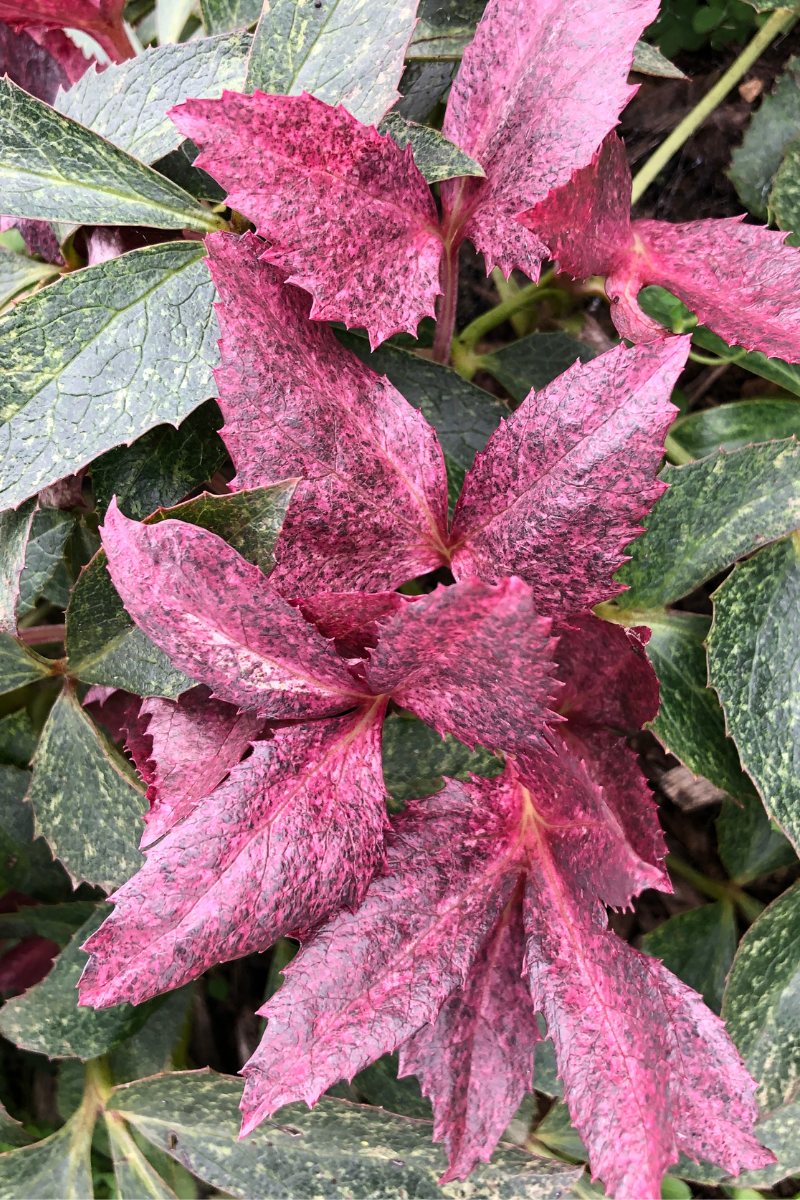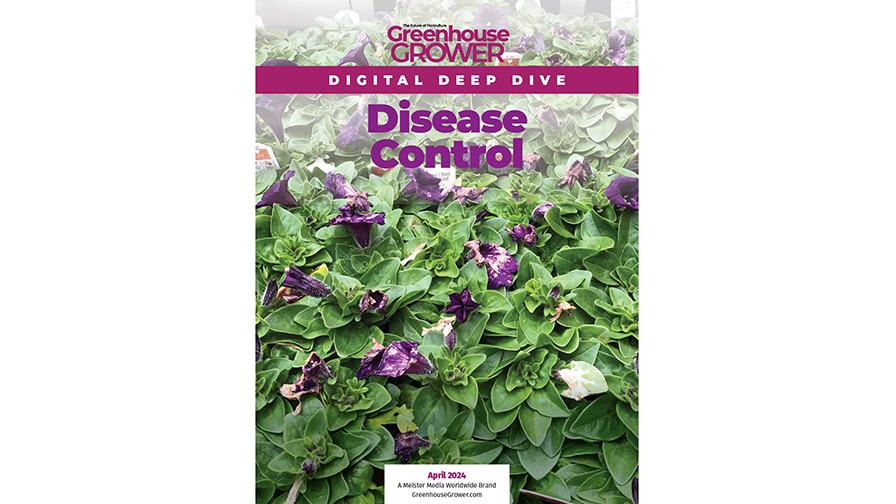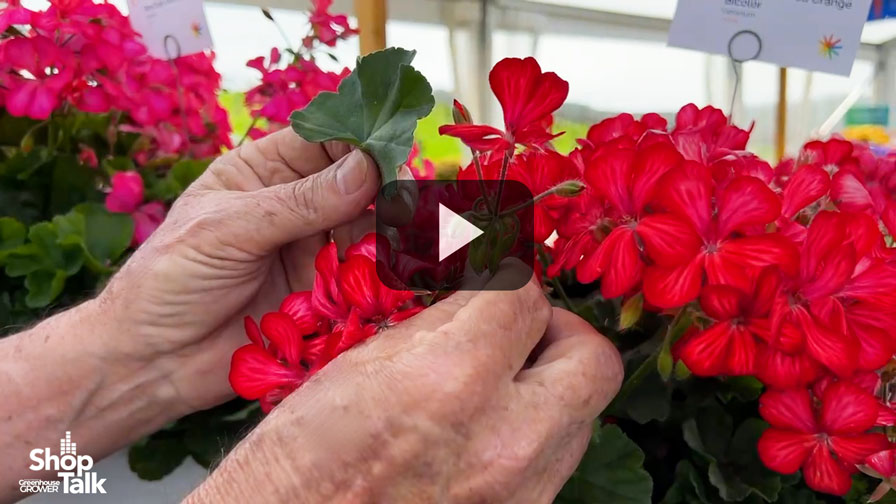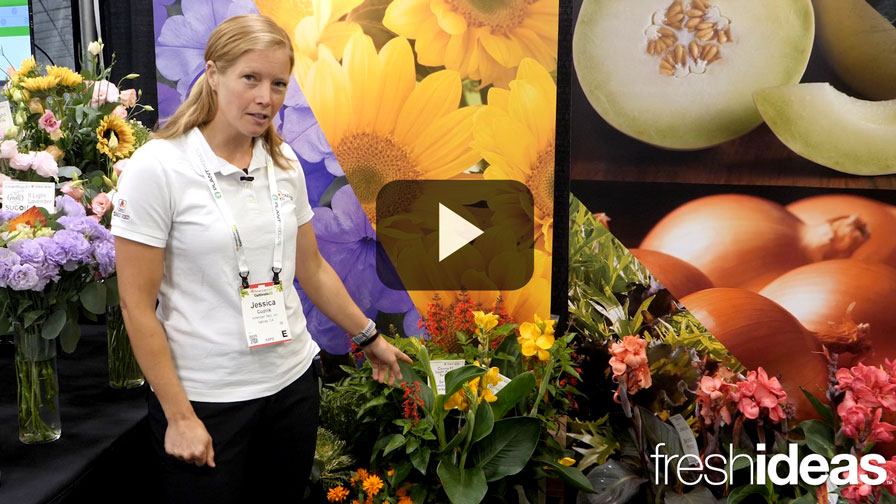10 Consumer Trends Driving the Perennials Market

Helleborus ‘Mount Nebo’ (Must Have Perennials) Photo: Must Have Perennials
The best perennial breeders, growers, and sellers tend to have a keen eye on consumer trends, and are able to quickly respond to evolving market dynamics.
For example, both growers and retailers are becoming more interested in (1) first-year flowering varieties, according to Justin Wisniewski, Product Manager for Aris Horticulture and Must Have Perennials.
“People want plants that produce flowers from the get-go; they don’t want to have to wait two or three years for their plant to flower,” Wisniewski says. “Growers want to see how the plants perform based on something similar. This is especially important for those who work with landscape designers.”
Chris Fifo, Product Representative for Darwin Perennials and Kieft Seed, says this focus on first-year flowering is a great way for growers and independent garden centers to work together.
“Often we think of perennials being planted for next year, but people want instant gratification,” Fifo says. “Offer perennials that do not need to be cut back for additional flower power or perennials that don’t look so bad they have to be cut back.”
The Perennial Farm in Glen Arm, MD, is promoting (2) native pollinator perennials through its Queen Bee Natives program, which was first launched at Cultivate’23.
“The point is to take things most of us are already growing, and make it easier for our customers to get them, while continuing to build interest in them,” says Tom Watson, Creative Director at The Perennial Farm. “This trend has been growing for years, and we think it’s going to continue to grow.”
To help this growth, The Perennial Farm has invested in tags, banners, and posters for retail, all of which are designed to help consumers find them easily.
Related to the pollinator push is an emphasis on (3) Solution Gardening (a concept heavily endorsed by Greenhouse Grower Contributing Editor Allan Armitage) and selling plants with a purpose.
“We’re trying to find solutions for common gardening problems and make it easy for our customers, whether they’re landscapers trying to design something for their clients or for somebody walking into a garden center,” Watson says. “It’s a need that people are looking for, and we want to be able to help them fulfill those needs as easily as possible.”
A multi-faceted approach is very important, Wisniewski says. Other than sitting there and looking pretty, what else does that plant do for the consumer?
As the bridge between breeders and consumers, Wisniewski says growers with a “solution gardening” mindset can help them become less hyper-production focused, and develop a greater consideration for what the end consumer will want.
“Just because something does really well in production doesn’t mean the average gardener is going to find that same level of enjoyment,” Wisniewski says. “It’s important that everyone stays as open and communicative as possible.”
Marion Meesenburg, Marketing Specialist for Darwin Perennials, says consumers are looking for more than aesthetically pleasing plants.
“Plants should have a purpose,” Meesenburg says. “Some examples are pollinators, cutting-garden flowers to bring bouquets indoors, and plants that can offer birds a food source (such as Echinacea seeds) in the winter to help the ecosystems.”
What’s Old Is New Again
The (4) farmer-florist trend is big right now, and Chuck Pavlich, Director of New Product Development at Terra Nova Nurseries, thinks it will remain popular for a while.
“Seeing perennials with new eyes and imagining them in bouquets will go a long way in promoting their materials,” Pavlich says. “Never-before-thought-of items for either cut flower or cut foliage elements in a bouquet will increase sales.”
Pavlich also says wholesale growers would be wise to (5) host trials and exhibitions of new perennials, specifically for retailers and others.
“Inviting garden clubs and garden writers to these events can go a long way in creating heightened product buzz and awareness,” he says. “Sharing the newest and latest perennials for the coming year with consumers builds anticipation and excitement.”
More and more garden centers and landscapers are looking for (6) better versions of the old favorites.
“That is why we created the Better Versions by Darwin Perennials landscape brand to raise awareness of key varieties that have better blooming, better performance, and better availability than old varieties,” says Seth Reed, Sales & Marketing Manager for Darwin Perennials. “Always keep refreshing your program and offering a good amount of varieties. Customers will get bored with the same options every year.
Fifo also cites (7) foliage and lavender as two major trends as of late.
“Leafy perennials, such as Heuchera, and silver-white foliage, such as Centaurea, are very appealing to today’s consumer,” Fifo says. “And every grower needs to have a lavender program that evolves throughout the season, rather than just one lavender selection. Lavender has been one of the fastest-growing categories in perennial sales and production.”
Pointers for Success
Meesenburg says growers need to offer a (8) well-rounded selection of perennials that bloom seasonally at different times of the year.
“That way they can ensure their retail customers have a variety of options — in color — to keep their benches full and appealing to customers throughout the gardening season,” Meesenburg says. “This should extend from spring all the way into fall bloomers.”
The best way to keep up with trends, Watson says, is to (9) listen.
“Whenever we travel, we listen to what people have to say. When you’re marketing something, you do a lot of talking because you want people to hear what you have to say,” Watson says. “But if you want to figure out what they want, you have to listen. We try to create products around what we hear people talking about.”
(10) Use photos and videos to tell the story. Plant descriptions can only go so far in getting consumers interested in your plants.
“The value of engaging photography has never been more important ,” says Kris Smith, Marketing Manager for Must Have Perennials. “The context of plants on display and for functional use help to tell the story of their uniqueness, beauty, and growing habits.”









